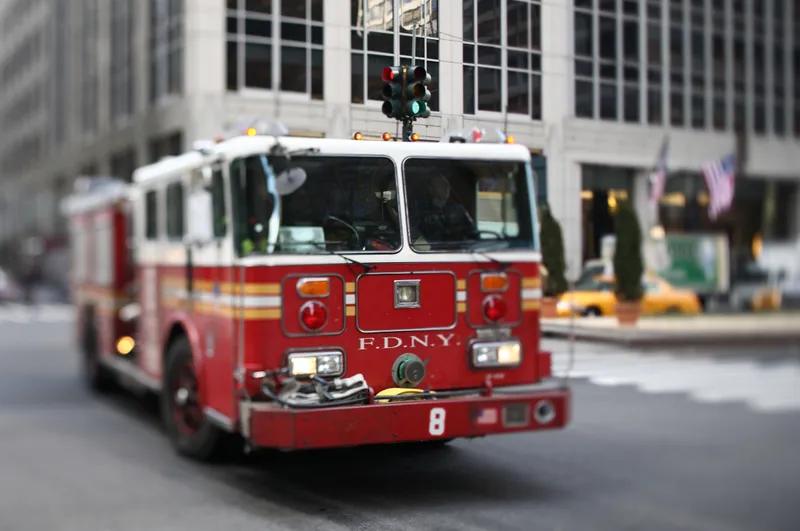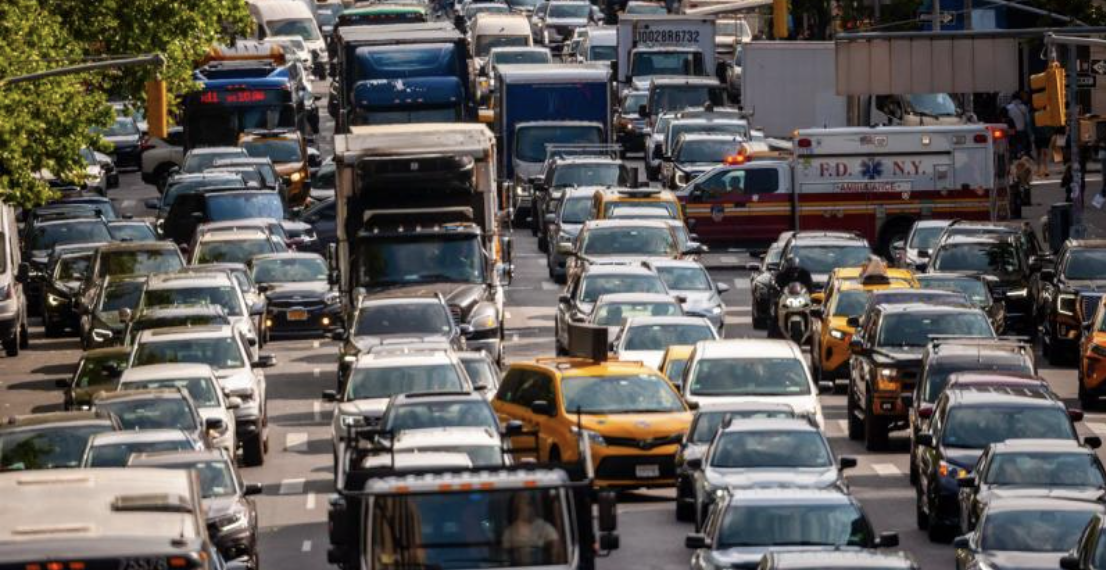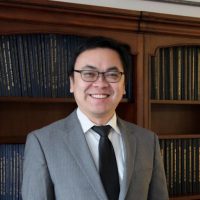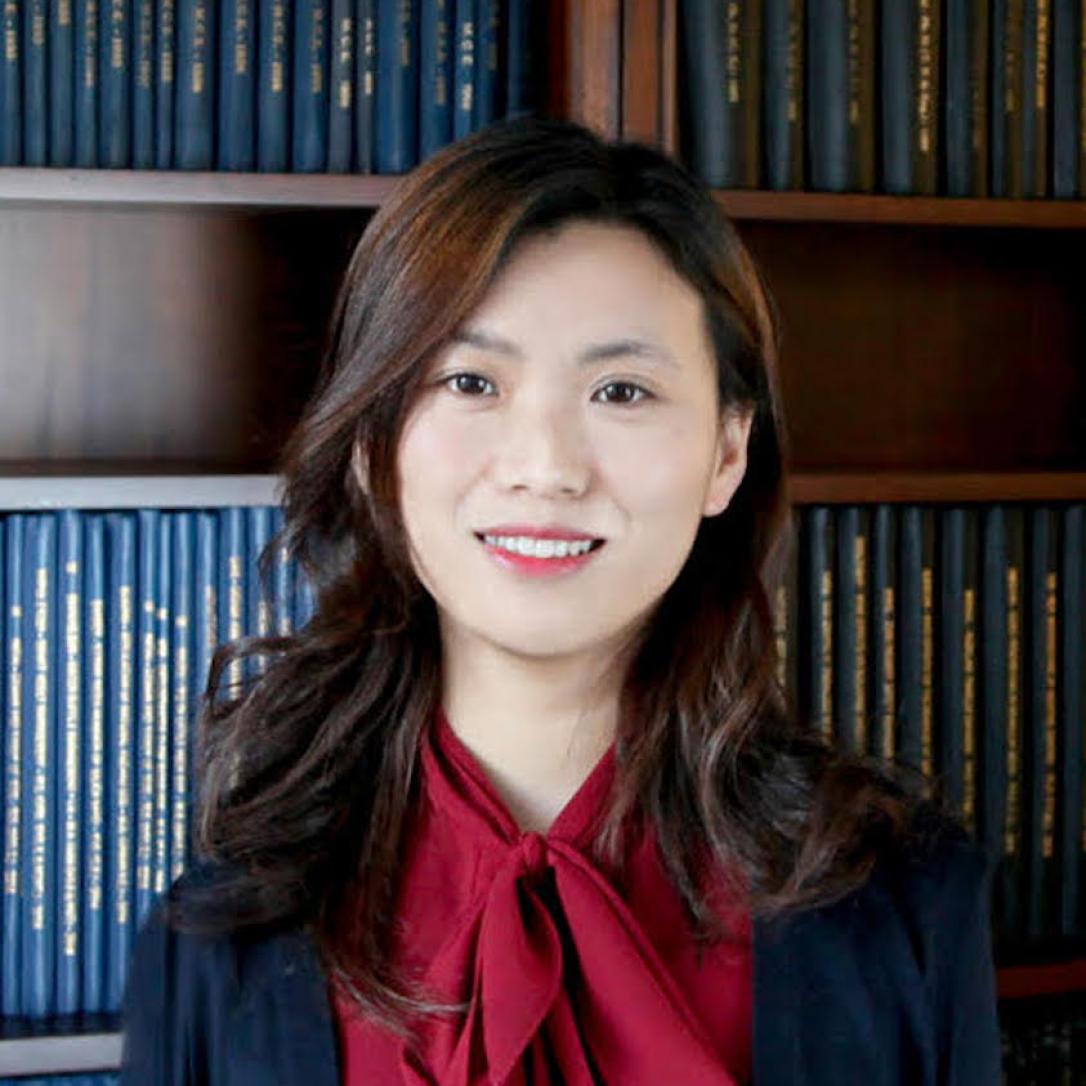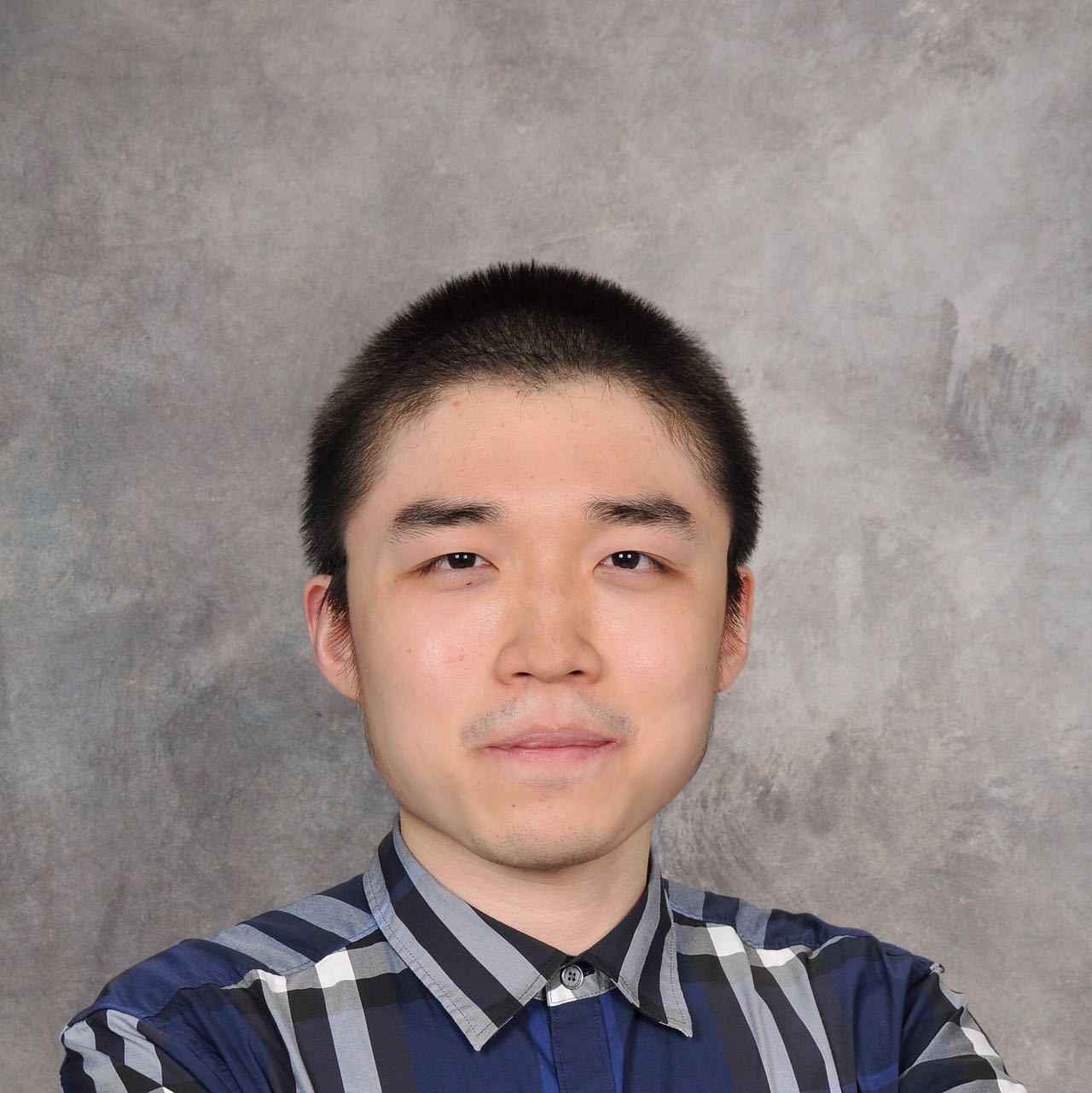Project Description
Emergency response time is the key indicator of a city’s incidents management ability and resiliency. Reducing response time saves lives and prevents property losses. However, overpopulation and urbanization have exacerbated road congestion, making it more challenging to reduce the average emergency vehicle (EMV) travel time. Evaluating interventions to mitigate this degradation is too costly to be done in the field. As such, simulations of traffic conditions are needed to explore such decisions. This project will build a traffic digital twin (TDT) to be developed in collaboration with FDNY as a virtual test bed to evaluate interventions and support decision-making and planning in a safe simulation environment. The TDT will be built on the open- source Simulation of Urban Mobility (SUMO) microscopic continuous traffic simulation. EMV traffic simulation is not a trivial implementation. Evaluation of interventions require network-level simulations which on their own are time consuming to calibrate and data-intensive. Whereas conventional traffic simulations model a “typical” time period, EMV-based simulations need to reproduce conditions corresponding to specific incidents, not to “typical conditions”. What’s more, calibration of the traffic simulation requires (1) proper behavioral calibration of non-EMV driver response to EMVs and (2) is highly dependent on the transient traffic conditions during a dispatch. Key challenges are incorporating AI to learn non-EMV driver responses to EMV signals (sirens, V2X technologies) and to train the TDT to different traffic states using historical traffic data and dispatch data from FDNY.
The scope of work can be summarized as:



- Development and calibration of a baseline SUMO-based traffic digital twin for FDNY district M6 in Harlem, NYC.
- Combining traffic data and camera data at the same time to develop an AI model for traffic state prediction in the digital twin
- Combining EMV GPS data and the traffic state data to statistically learn non-EMV behavioral responses (response reaction time, etc.)
- Developing digital twin-based intervention optimization and test using out-of-sample observations


Related Media
- All
- Gallery Item
Personnel
Industry Partners





